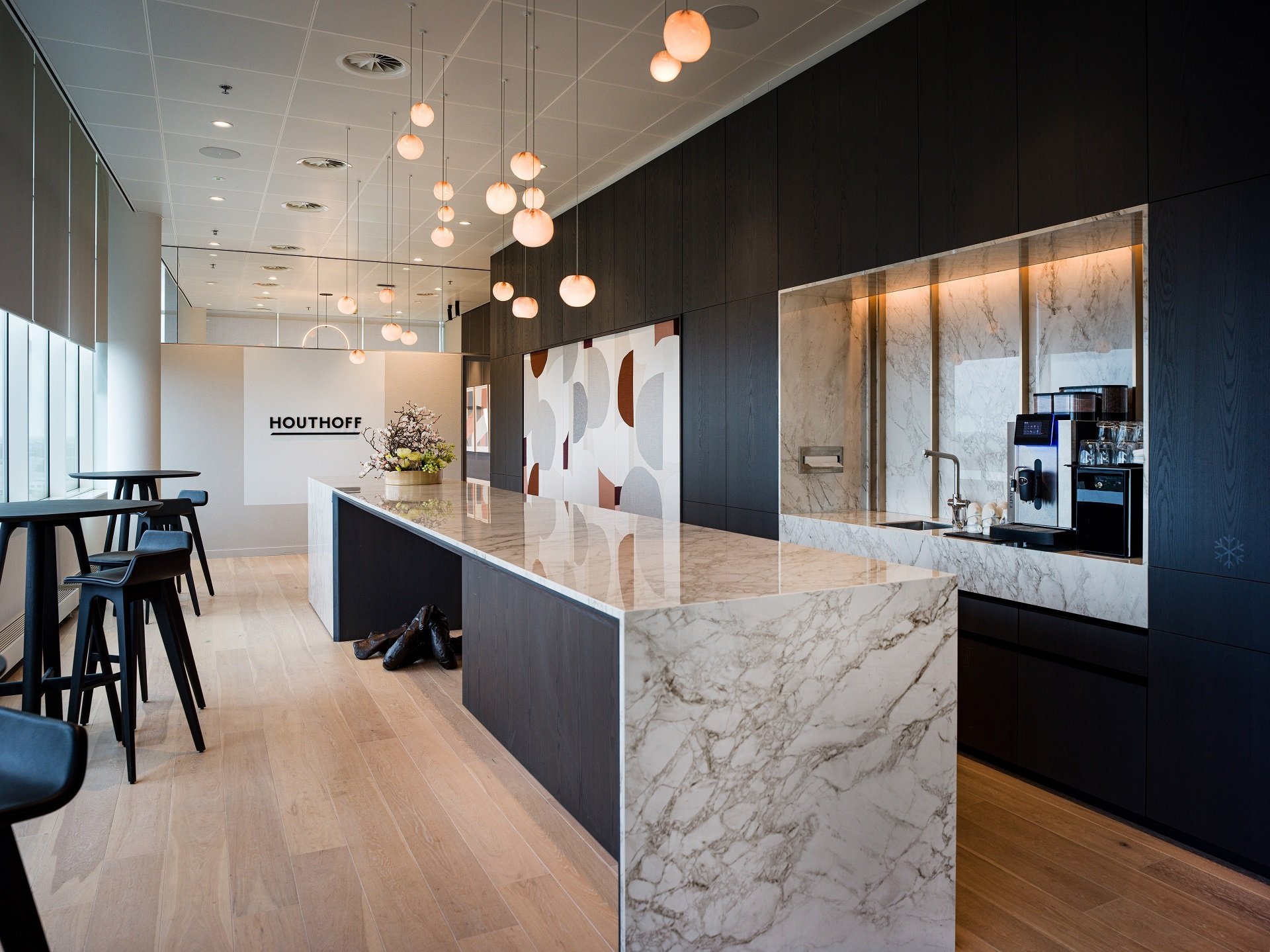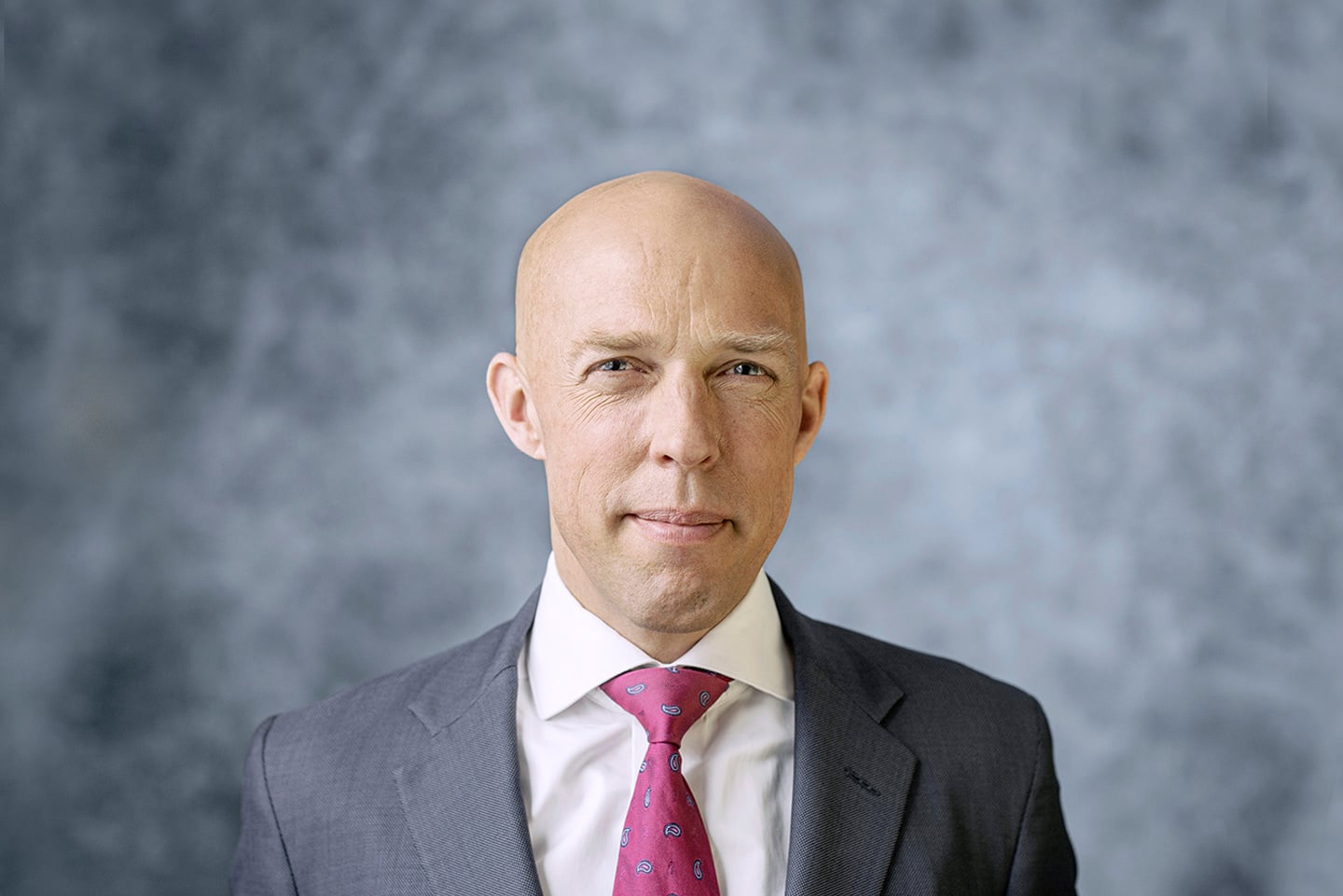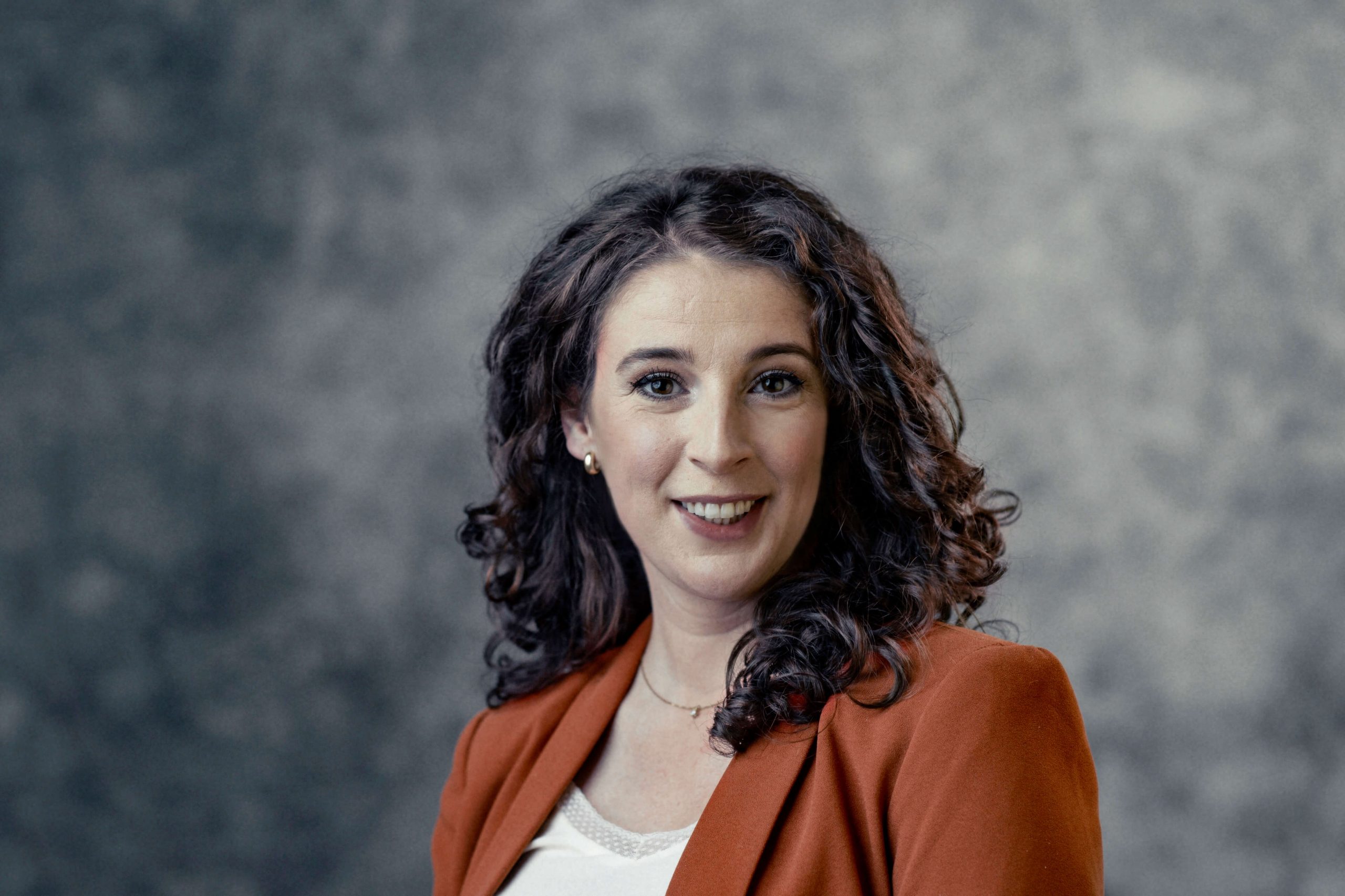In 2022, the Dutch State announced (in Dutch) that it aimed to mitigate the noise nuisance around Schiphol by introducing a Preliminary Scheme (Experimenteerregeling) and discontinuing the implementation of the ‘New Standards and Enforcement System’ (Nieuwe Normen en Handhavingsstelsel, or NNHS). These measures were to reduce the maximum permitted number of flights at Schiphol from 500,000 to 460,000 per year.
Following this announcement, various parties from the aviation industry, including 18 airlines, initiated preliminary relief proceedings against the Dutch State. A key argument presented by these parties was that the Dutch State was not allowed to implement the package of measures without following the ‘balanced approach procedure’. This procedure is laid down in the EU Noise Regulation and several international treaties, including Annex 16 to the Chicago Convention. The ‘balanced approach procedure’ entails that noise-related measures that limit access to or reduce the operational capacity of an airport (a ‘noise-related operating restriction’) may only be implemented if a number of conditions are met. For example, a measure’s impact on the operational capacity of the airport in question must be kept to a minimum and the measures selected must be both cost efficient and proportionate.
In a Dutch-language judgment, the preliminary relief judge prohibited the measures, holding that the Dutch State was not allowed to implement them without first following the requisite procedure. The Dutch State lodged an appeal. The Amsterdam Court of Appeal ruled that the Dutch State was in fact allowed to implement the measures without following the ‘balanced approach procedure’ and reversed the prohibition. In the Court of Appeal’s opinion, the Dutch State was not required to follow this procedure when temporarily reducing the number of flight movements, as was at issue in this case. The Court of Appeal also held that the Dutch State did not need to follow the aforementioned procedure to discontinue the NNHS.
The Supreme Court set aside the Court of Appeal’s judgment. According to the Supreme Court, the Noise Regulation states that the ‘balanced approach procedure’ must be followed for every noise-related measure that limits access to or reduces the operational capacity of an airport, even if this measure is temporary. The measures proposed by the Dutch State would result in a ‘noise-related operating restriction’ within the meaning of the Noise Regulation. The Dutch State was therefore only allowed to implement those measures if it followed the ‘balanced approach procedure’ required under the Noise Regulation.
Houthoff represented the parties from the aviation industry before the Supreme Court. The team consisted of Bart van der Wiel, Laura van Gardingen, Ronnie Bloemberg, Lindsay Burwick, Hélène Essebai, David Hakhoff and Nordine Lgarah.




